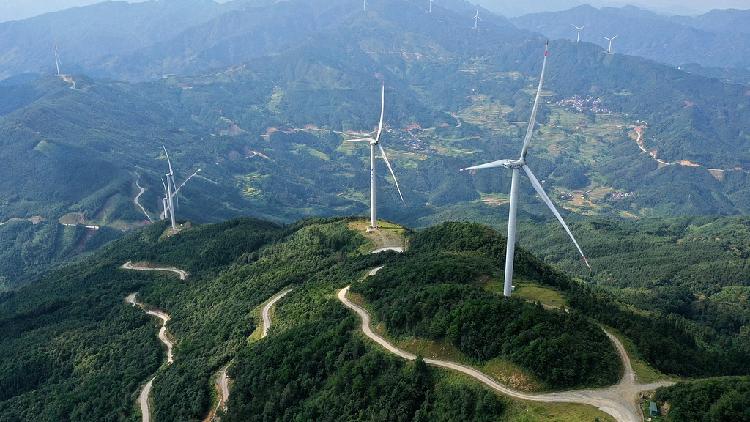Advancements in Energy Development in China Over the Last 75 Years
An overview of China's significant advancements in energy development over the last 75 years. The article explores the progress, challenges, and innovations that have shaped the country's energy landscape during this period.

Here are key points from the report regarding China's energy achievements:
– China has emerged as the largest producer of energy globally. As of 2023, it has generated 4.83 billion tonnes of standard coal equivalent, marking a 202.6-fold increase from 1949, with an average annual growth rate of 7.4 percent.
– A major shift has occurred in China's energy production since 2012, moving away from conventional energy sources towards renewable and new energy forms. There has been a significant movement towards a more diversified and cleaner energy mix.
– The report reveals that in 2023, the share of raw coal in China's primary energy production reduced to 66.6 percent, while crude oil accounted for just 6.2 percent. Meanwhile, the share of cleaner energy sources like natural gas, hydropower, nuclear power, and other new energies climbed sharply to 27.2 percent.
– Over these decades, China's energy use has consistently increased. From merely 50 million tonnes of standard coal in 1953, the consumption surged to 5.72 billion tonnes in 2023, growing at an average yearly rate of 6.9 percent.
– Since 2012, there has been a rapid increase in the consumption of clean energy, growing from 14.5 percent of total energy use in 2012 to 26.4 percent in 2023.
– Energy consumption relative to GDP has been on a decline, particularly evident since the 11th Five-Year Plan, with a cumulative decrease of 43.8 percent, or an average annual reduction of 3.1 percent.
Frederick R Cook for TROIB News
Discover more Science and Technology news updates in TROIB Sci-Tech












